The Digital Revolution of Technology in Outdoor Furniture: How Technology is Shaping Quality and Efficiency
Digital growth has played a significant role in the evolution of industry. Technology has improved the quality and efficiency of outdoor furniture production in countless ways, from the use of CAD software to design and model furniture pieces to the use of CNC machines to cut and shape wood. This article of Eco Tech will explore the significant role technology plays in outdoor furniture production and its impact on the overall quality and efficiency of the industry.
1. Quality

One of the main benefits of technology in outdoor furniture production is its impact on quality. Computer-Aided Design (CAD) software has revolutionized the way outdoor furniture is designed and prototyped. CAD allows designers to create virtual models of furniture pieces, enabling them to visualize and refine their concepts before production begins. This technology has accelerated the design phase, leading to faster development cycles and reduced costs. Additionally, CAD software facilitates accurate measurements and intricate detailing, ensuring precision in the final product.
With CAD software, designers can create detailed 3D models of furniture pieces, allowing them to see how each component will fit together and identify any potential issues before production begins. This helps improve the accuracy and precision of each piece and reduces the likelihood of errors or defects in the final product.
2. Automated Manufacturing Processes
One of the key ways technology in outdoor furniture has transformed the industry’s production is through the implementation of automated manufacturing processes. Automated machinery and robotics have replaced manual labor in several stages of production, resulting in higher precision and faster production cycles. This automation has significantly reduced errors and inconsistencies, ensuring consistent quality in the final products.
Morreover, with CNC machines, wood can be cut and shaped with incredible speed and accuracy, reducing the time required for manual labor and allowing for faster production times. This can also help to reduce costs, as less labor is required to produce each piece of furniture.
3. Advanced Materials and Finishes
In addition to improving the quality and efficiency of outdoor furniture production, technology has significantly impacted the materials used to create outdoor furniture. Technology in outdoor furniture have led to the development of new materials and finishes that are more durable, weather-resistant, and environmentally friendly.
Innovative materials like synthetic rattan, powder-coated metals, and recycled plastics have revolutionized the outdoor furniture industry. These materials offer increased longevity, reduced maintenance requirements, and improved resistance to harsh weather conditions. Furthermore, advanced finishing techniques provide superior protection against UV rays, fading, and corrosion, prolonging the lifespan of outdoor furniture.
For example, advances in synthetic materials have made it possible to create outdoor furniture pieces that are both lightweight and durable, such as resin wicker or polywood. These materials are resistant to weather and pests and require little maintenance, making them an ideal choice for outdoor furniture.
4. Sustainable practices
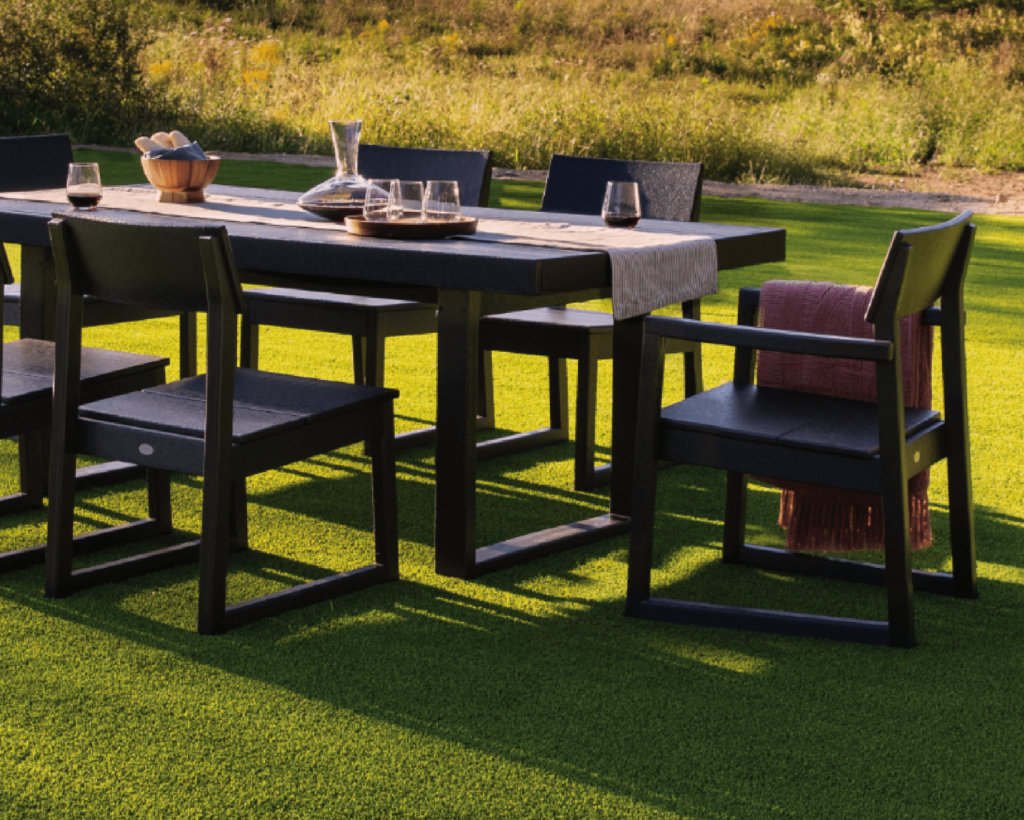
Another way that technology in outdoor furniture impacted is through the use of sustainable materials. With concerns about climate change and environmental impact, many outdoor furniture manufacturers are turning to sustainable materials such as bamboo or recycled plastic to create eco-friendly furniture pieces.
Automation enables precise material cutting and optimized material usage, minimizing waste generation. Furthermore, the utilization of recycled materials in outdoor furniture production helps reduce the environmental impact and promotes a circular economy. Without doubt, technology has made it possible to create durable and beautiful furniture pieces using these materials, helping to reduce the industry’s impact on the environment.
5. IoT Integration and Smart Features
The Internet of Things (IoT) has made its mark on the technology in outdoor furniture by introducing smart features and connectivity. IoT-enabled furniture can incorporate sensors, actuators, and connectivity options, allowing users to control and monitor various aspects of their outdoor furniture. For instance, temperature sensors can adjust heating or cooling elements in outdoor seating, while lighting controls can enhance ambiance and energy efficiency. These smart features enhance user experience, convenience, and overall functionality of outdoor furniture.
-
Virtual Reality (VR) and Augmented Reality (AR) in Design and Visualization
Virtual Reality (VR) and Augmented Reality (AR) technologies have made significant contributions to the outdoor furniture production process. Designers and manufacturers can now utilize VR and AR tools to create immersive experiences and visualize how furniture pieces will look and fit within outdoor spaces. The technology in outdoor furniture enables customers to virtually “try out” furniture designs before making a purchase, enhancing the decision-making process and improving customer satisfaction.
-
Supply Chain Management and Tracking
Technology in outdoor furniture also plays a crucial role in supply chain management. Manufacturers can leverage advanced software systems to streamline inventory management, track orders, monitor production progress, and optimize logistics. Real-time data and analytics provide valuable insights into the supply chain, allowing for better decision-making, reduced lead times, and improved coordination between suppliers, manufacturers, and retailers.
-
E-commerce and Online Retail Platforms

The rise of e-commerce and online retail platforms has revolutionized the way consumers purchase outdoor furniture. Technology has enabled seamless online shopping experiences, offering a wide variety of options, detailed product descriptions, and customer reviews. Online platforms also facilitate customization options, enabling customers to personalize their outdoor furniture choices. The convenience of online shopping has significantly expanded market reach and customer accessibility, contributing to the growth of technology in outdoor furniture.
-
Quality Control and Testing
Technology has greatly enhanced quality control and testing processes in outdoor furniture production. Manufacturers can utilize automated systems and sensors to conduct rigorous tests on various aspects such as weight capacity, structural integrity, and weather resistance. The technology in outdoor furniture ensure that furniture meets industry standards and certifications, providing customers with high-quality and durable products.
-
Data Analytics and Customer Insights
Lastly, the utilization of data analytics and customer insights has become increasingly important in the technology in outdoor furniture. Manufacturers can collect and analyze data on customer preferences, trends, and feedback to inform product development and marketing strategies. By understanding customer needs and desires, manufacturers can create designs that align with market demands, resulting in higher customer satisfaction and increased sales.
Conclusion
In conclusion, technology in outdoor furniture has played a significant role in the evolution of the whole industry, improving both the quality and efficiency of production and opening up new possibilities for materials and design. By embracing new technologies, outdoor furniture manufacturers can create furniture pieces that are beautiful and functional but also sustainable and eco-friendly, helping to ensure a bright future for the industry.



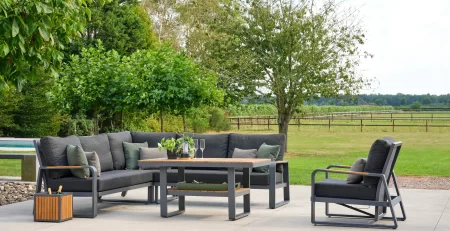
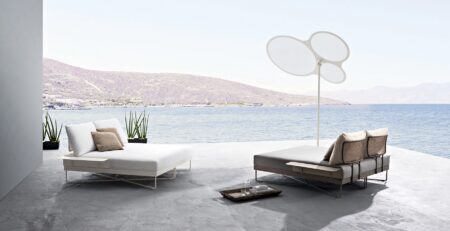
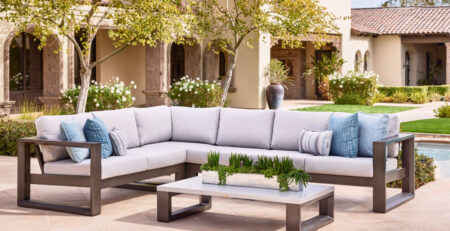
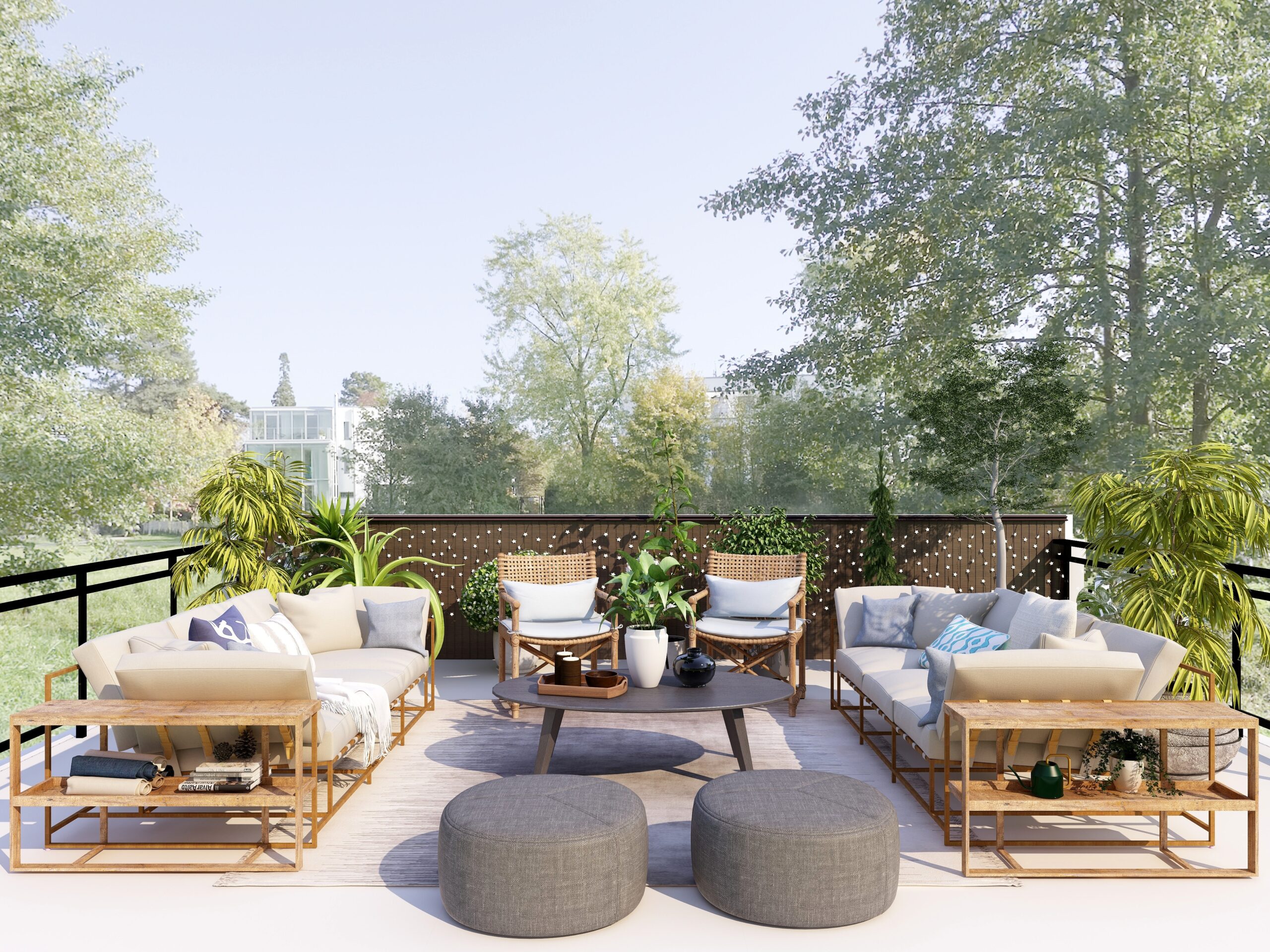



Leave a Reply